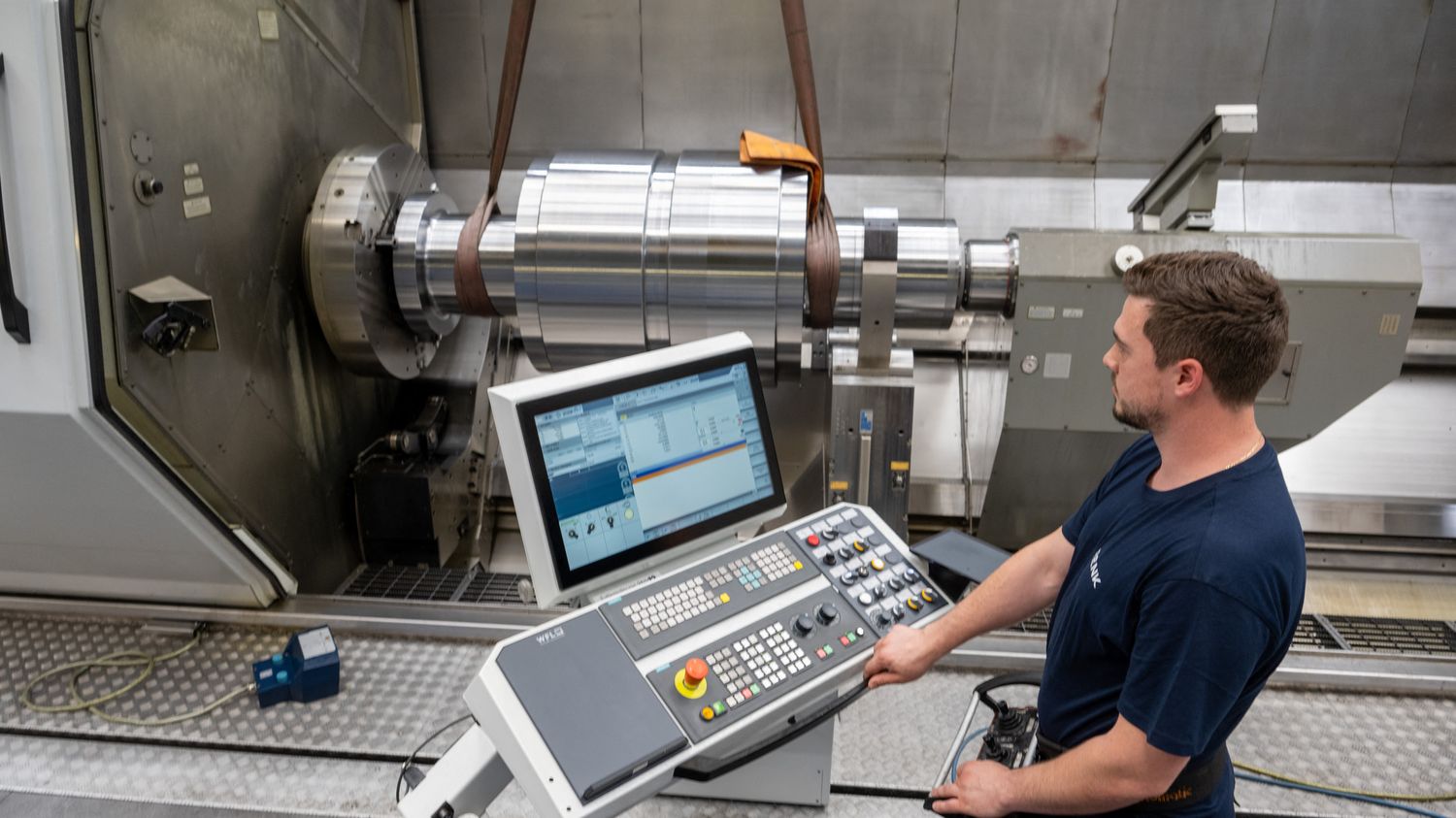Voices are heard across the Rhine to reduce the number of working days in the week. The employees are in favor of it, but the political class is divided.
The four-day week, which has been the subject of experiments in other countries, is demanded in Germany by the powerful union IG Metall. Several companies are already experimenting with it, and in a recent survey, more than eight out of ten employees favor it. Working four days a week instead of five, without loss of pay: the prospect is attractive, and is becoming more and more a reality. The number of job offers offering 32 hours of work per week instead of 40 and a 100% salary has increased ninefold over the past five years. The sectors most affected are crafts, mechanics, construction and catering.
This formula could be a partial solution to the labor problem in Germany, because with its aging demographics and the retirement of baby boomers, the country lacks qualified personnel. Two million jobs are vacant in the country. It is therefore necessary to seduce the employees still available, and the four-day week can prove to be attractive. Employers who have tested it receive many more applications than others. In addition, employees are more efficient: less absenteeism, fewer sick leaves and therefore more productivity for the company.
Germany also has almost 30% of part-time employees, mostly women, one of the highest percentages in Europe. A survey shows that with a four-day week, many women would be ready to return full time.
The political class is divided on the subject
Conversely, Saskia Esken, the leader of the SPD, the party of Olaf Scholz, strongly supports the idea “because we work too much”, she says. The parties are therefore divided, and we are therefore still a long way from a law that would make the four-day week the rule. But to expand, the device does not necessarily need a legislative framework: employers can offer it on a case-by-case basis. Next fall, the IG Metall union will also try to impose it in collective bargaining, for the steel and metallurgy sectors.
